
Beavers: 5 ways beavers keep our ecosystems healthy
Riding Mountain National Park
Beavers have an important role to play when it comes to healthy ecosystems in Riding Mountain National Park. They are considered “ecosystem engineers,” recognized for their ability to construct dams and create ponds. And while some might consider beavers to be pests, they can actually help us manage water-related issues such as drought, flooding, and water pollution.
Here’s a list of 5 ways beavers keep our ecosystems healthy and help manage water-related issues:
-
They create wetland habitat for other species
Beavers create wetlands by constructing dams and creating ponds. This in turn creates habitat for other species including fish, mammals, waterfowl, songbirds, amphibians, and insects. In 2010, wetlands made up approximately 24% (720 square kilometres) of the park area. Research in RMNP detected as many as 28 dams/km along one watercourse, and by some estimates, beaver are responsible for the existence of 50% of the wetlands in the park. Our 2016 aerial beaver survey estimated beaver cache abundance in RMNP at 2649 total caches in 2016 (an increase from 1684 in 2013). The experts suggest that there are usually on average 5-6 beavers per food cache.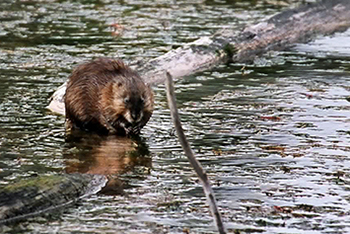
Photo: Fred Elliot -
They increase biodiversity
The influence of beavers and their activity is far reaching. In some areas of RMNP, as much as 50% of the area is either wetland, flooded, or subject to beaver foraging. Beaver activity can increase plant diversity by as much as 33%. As trees are removed and land is flooded, other plant species emerge in its place. These plants provide food and cover for new species. Riparian habitats (wetland areas near water) expand as wetlands are formed, and plants spread into the newly available habitat. This effect does not stop at plants, there is an increase in the diversity of all species including fish, invertebrates, and wildlife.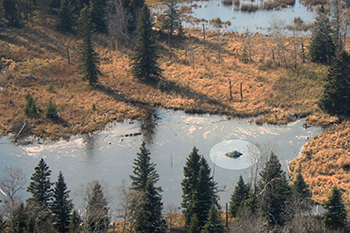
-
They improve water quality
Beaver dams and pools reduce soil erosion and retain sediment, which absorb and filter pollutants such as heavy metals, pesticides, and fertilizers. This improves the quality of water downstream used by humans and other species.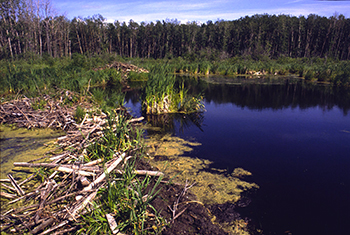
-
They store water during droughts
RMNP is on the high ground at the headwaters of 15 watersheds and has often been described as a large sponge, holding a significant amount of water and slowly releasing it downstream. The often maligned beaver is major contributor to keeping the sponge wet. Beaver can help lessen the effects of drought because they cause water to be stored on the surface and absorbed into the sub-surface of the land due to the impoundment of water by their dams. This can increase stream flow during drought periods and make ecosystems less vulnerable during dry periods.
-
They minimize flood risk and mitigate flooding peaks
Ironically, beavers help minimize flood risk the same way they minimize the effects of drought. As we mentioned, RMNP is like a large sponge, holding a lot of water and slowly releasing it. Beaver dams help minimize flood risk by slowing the flow of water, which can delay and reduce flood peaks further downstream. We are also working with local landowners and neighbouring Conservation Districts to determine through research, if there are risks with beaver dams breaking and causing flooding and what might be done to identify and mitigate these risks for our neighbours.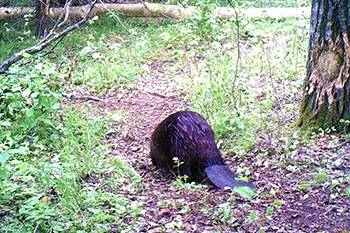
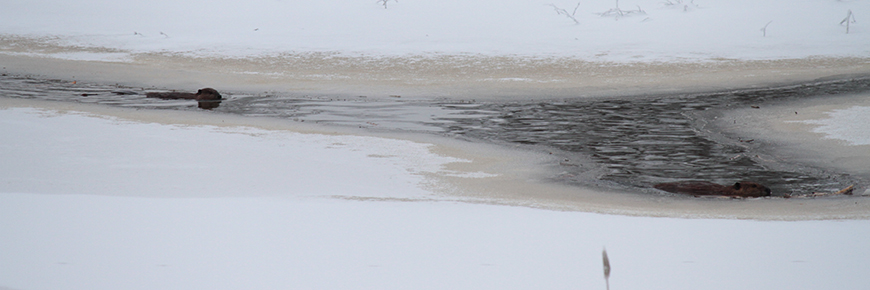
- Date modified :